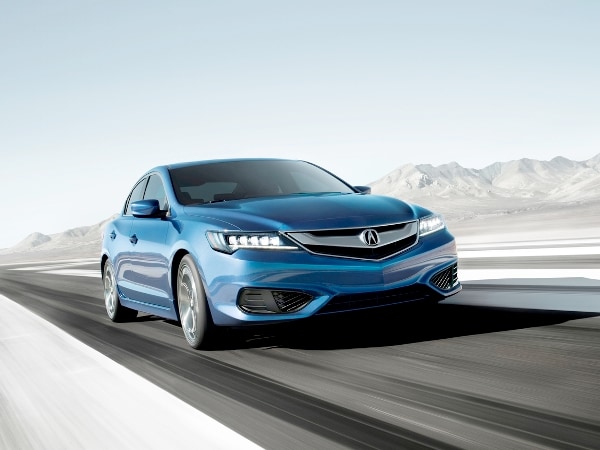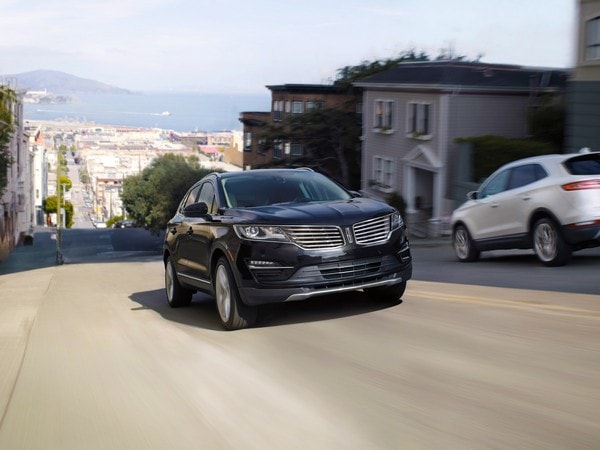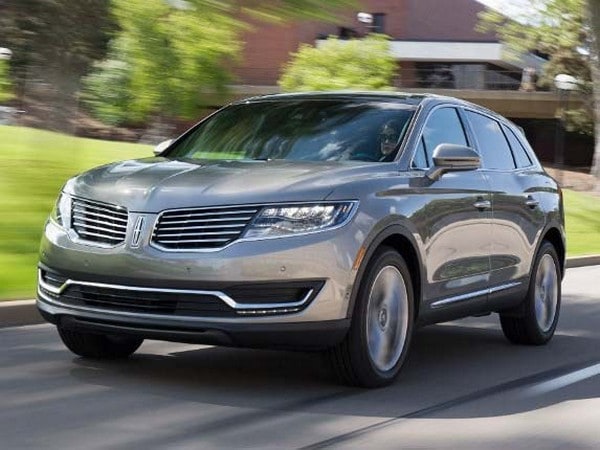In anticipation of closing out the year on a strong note, makers are pumping up incentives during their holiday sales events to ensure that stocks of 2017 models are exhausted and new 2018 vehicle inventories are kept in check. Part of that strategy is pushing up incentives to higher levels, with the prospect of shutting off the spigot once the clock ticks over into 2018.
In addition to lease pull-ahead programs, which are becoming quite popular with manufacturers as either a way of locking in customer loyalty or getting lessees from competing brands to switch makes, there are new higher levels of direct rebates or dealer cash offers on the table. An example of this strategy is Acura’s lease pull-ahead program that waives the last three payments while offering a $650 competitor conquest spiff and a $750 owner loyalty incentive towards a 2018 ILX. Meanwhile, Honda’s luxury division has upped its dealer cash on 2017 RLX Advance and Hybrid Sport Advance models to $11,500, a bump of $3,750.
On the holiday sales event front, Volvo has incentives ranging from as $750 to $5,000 on 2017 models and $500 to $5,000 on 2018 models through January 2, 2018. The biggest incentives are on T8 variants of the S90 and XC90. Lincoln is taking a slightly different approach with its Wish List holiday incentive which takes its cash offer and applies it towards the first monthly payment of retail customers. On 2017 models, the division is offering $500 on MKC, MKX and MKZ models, and $1,500 towards the Continental. On 2018 models, Lincoln is offering $450 on 2018 MKC models, $500 on 2018 MKZ, $550 on 2018 MKX, $600 towards 2018 MKT models, $650 on new Continentals, $750 towards 2017 Navigators and $1,000 on the 2018 Navigator.
Off-lease trucks headed to market
Shoppers for pickup trucks have seen that the incentives are not as generous as those on sedans and values on pre-owned pickups and SUVs have remained quite high, testament to both the popularity of trucks and the low cost of fuel nationally. Some analysts, however, believe that’s about to change somewhat as 2018 gets underway.
Part of that is the higher penetration of leasing in the segment. Many of these contracts, written in 2015, will end in 2018 increasing the supply of off-lease units on the market, which in turn may exert some downward pressure on values. Further pushing down these prices will also be several redesigned entries in the pickup market. Next year will see the launch of all-new Chevy Silverado, GMC Sierra and Ram 1500 pickups as 2019 models.
Jonathan Smoke, Cox Automotive chief economist said in an Automotive News report that the growth in used truck inventory will be among vehicles 4 years old or newer, which will be a boon to franchised dealers who will have the pick of these models to sell as certified pre-owned units. Cox Automotive is the parent company of Kelley Blue Book.
While truck supplies will go up, the expected flood of off-lease sedans is expected to peak and recede over the coming years, said Patrick Brennan, a Cox Automotive senior vice president. “The surge of off-lease vehicles is starting to slow, but we’re not at peak yet,” he observed. The 500,000 sedans that came off lease in 2017 will decline to about 300,000 next year. But total off-lease vehicle volume isn’t expected to plateau until 2020 with a total of 4.3 million units. That’s because leasing crested above 30 percent of market in 2016.
Filling the gap with subscriptions
Volvo’s announcement of Care by Volvo where customers can subscribe to a new XC40 for two years at $600 or $700 per month depending on trim, is the latest in a trend by automakers (including Cadillac and Porsche) as way to get people into their cars in a non-traditional format.
The subscription approach will vary. Volvo ties you to a specific vehicle which you can swap out of after a year and start a new 2-year subscription at whatever will be the prevailing monthly rate, while the higher priced Cadillac and Porsche programs are geared more towards pooled vehicles—you can select vehicles on a much shorter term, not only in the general agreements, which can run month-to-month, but also in being able to swap vehicles out for weekend trips or other specific uses. The latter is more like short term rentals, and rather getting a new car, the pool vehicle you end up with will more likely be a low mileage model used by others enrolled in the program.
Subscriptions are the latest wrinkle in a continuum in which manufacturers will offer so-called transportation or mobility solutions that stretch from daily rental to traditional long-term ownership. It fits in neatly between leasing and short-term daily rentals, however, don’t expect subscriptions to be the least expensive way to go when looking for ways to get into a new car. While the Volvo program bundles in insurance, which can be costly, through its relationship with Liberty Mutual, the monthly cost of these programs invariably are higher than an outright cash purchase of a similarly equipped vehicle. Granted, you may not have concierge services, the ability to swap out into another vehicle on short notice or even maintenance coverage, but all those services cost money, which are reflected in the higher monthly payments associated with subscription programs. In short, you’re paying for convenience—whether there are enough people out there willing to pay a premium to sustain this approach to new vehicle sales is left to be seen.
Subprime lending shrinks
Concerns over a rise in subprime lending, that is making risky loans to borrowers with low credit ratings, may be easing somewhat after Experian replaced a report showing that this activity has hit its lowest point in the third quarter since 2012.
These loans to subprime and deep subprime buyers made up just under 11 percent of all transactions, down 4.3 percent from a year earlier. The company attributed the change to lenders using tighter loan criteria as well as consumers themselves taking actions to improve their credit scores.
While subprime activity is decreasing, the length of loan contracts continues to grow. Experian reported that the average new vehicle loan is 69 months and that 43.2 percent of all loans range between 61 to 72 months. Longer 73- to 84-month loans now make up 30.5 percent of the market. Used vehicle loan terms also increased from 63 to 64 months in the third quarter.
The rundown
The Kelley Blue Book 2018 Best Buy Awards have been announced. Get the rundown on the 12 category winners and the overall champ here.
A new app called GM Marketplace has been introduced by the automaker. It’s the first step in bringing e-commerce into the cockpit of your car.
Lamborghini is coming back to the SUV market. It last sold a military-style model called the LM002 in the 1980s, now it’s taking a more luxury approach in the 2019 Lamborghini Urus.
In the market for a new car? Explore these useful tips on how to get the best deal:
Kelley Blue Book’s Complete Guide to Incentives
All you need to know about leasing
Which dealer services are right for you?
What to look for in your next economy car










